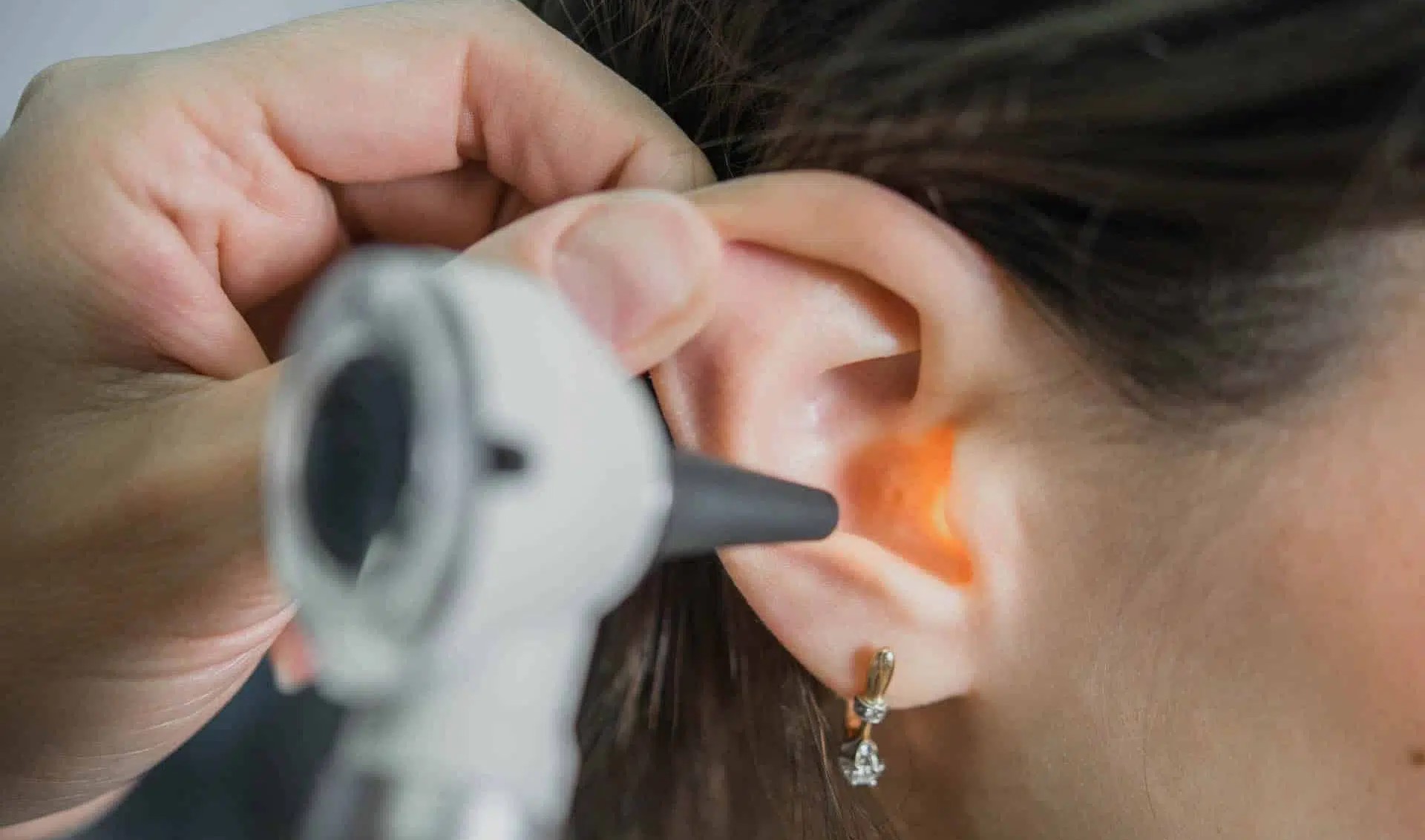What is the Eustachian Tube and What are Its Functions?
The Eustachian Tube is a narrow passage that links the middle ear to the back of the throat. It regulates the air pressure in the ear and prevents fluid accumulation in the middle ear space. Under normal conditions, the Eustachian tube opens when you sneeze, swallow, or yawn. The “pop” you hear during a plane descent or while diving is due to the Eustachian tube adjusting the pressure.
The Eustachian Tube has the following key functions:
- Regulates the airflow in the middle ear.
- Protects the middle ear from infections and disease.
- Facilitates the drainage of fluids from the middle ear.
- Prevents the backward flow of secretions from the nose into the middle ear.
- Assists in the vibration of the eardrum, enabling hearing.

